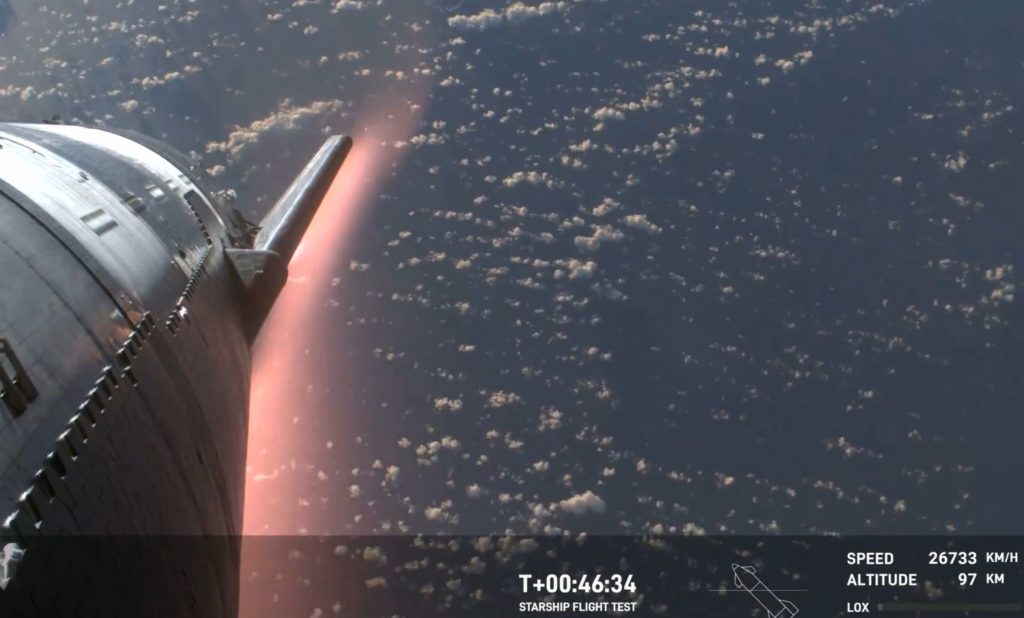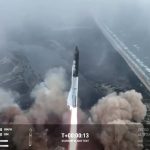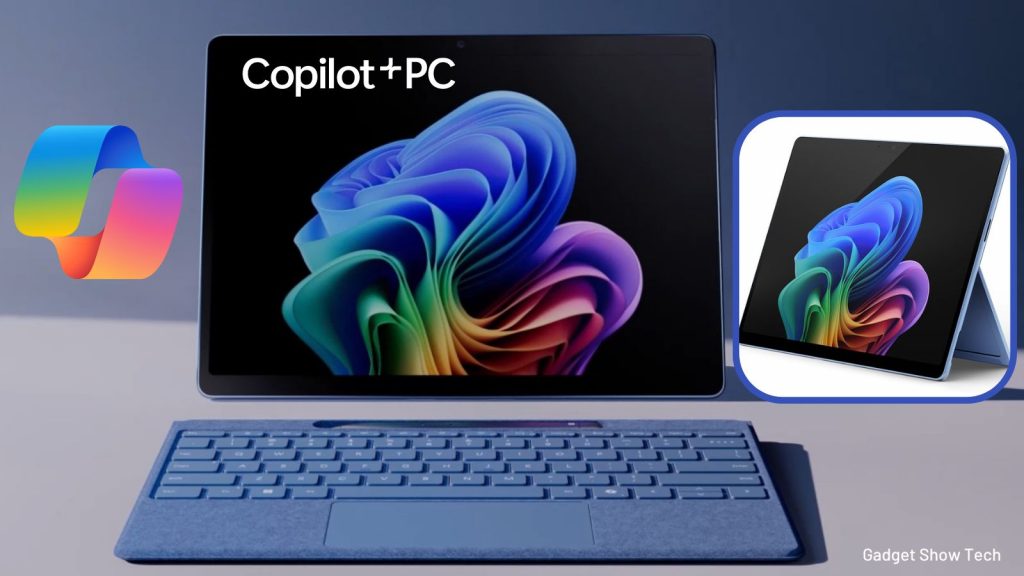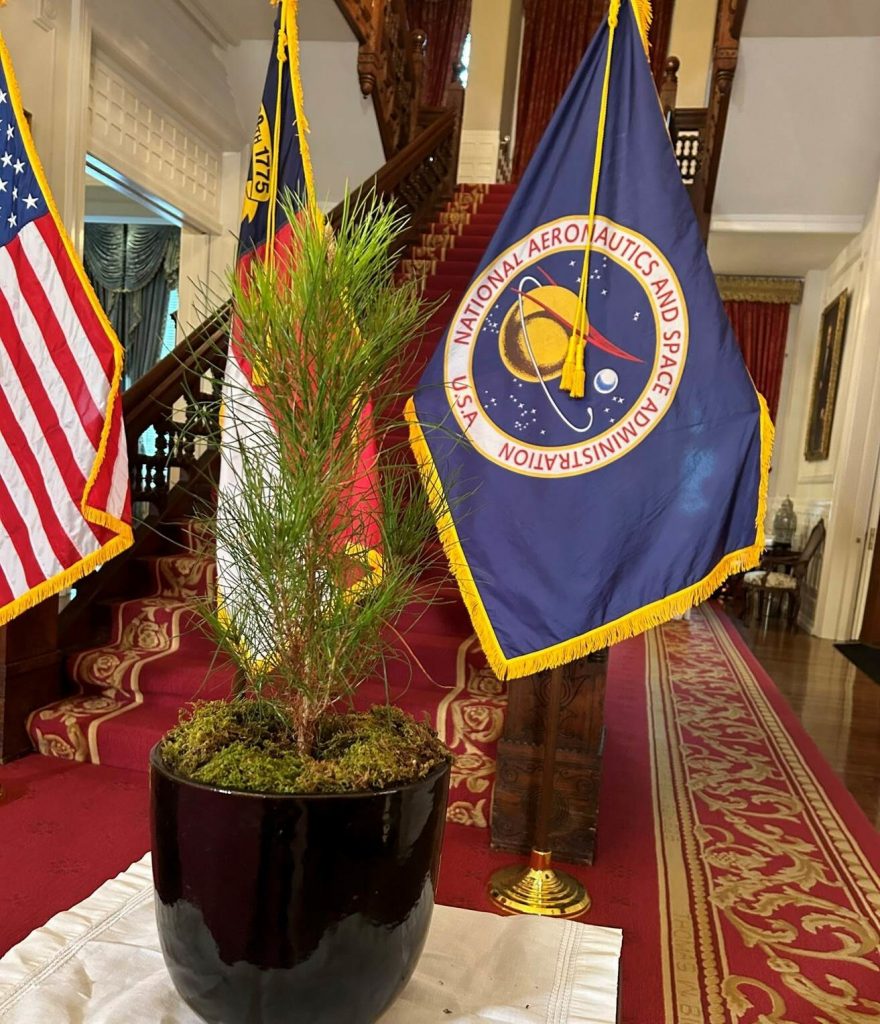SpaceX’s ambitious Starship prototype undertook its third high-altitude test flight today. While the launch appeared successful, the spacecraft encountered issues during re-entry, with dramatic visuals of its heat shield glowing brightly before communication was lost. Engineers are currently analyzing data to determine the cause of the blackout and assess the overall success of the mission.
As the mighty Starship cuts through the atmosphere, returning from an earlier test flight and manoeuvres, a breathtaking spectacle unfolds. The hull gives way to a mesmerizing display of incandescent orange and purple. This fiery transformation is the Starship’s heat shield valiantly doing its job, protecting the spacecraft from the scorching inferno of re-entry.
The heat shield, specifically designed to withstand these punishing conditions, is made of a special type of ceramic tile, capable of absorbing and dissipating heat exceptionally well. As the Starship dives deeper into the atmosphere absorbs this immense heat, preventing it from damaging the spacecraft,
The sheer intensity of the heat can sometimes lead to a temporary communication blackout, unfortunately, it never regained and SpaceX is unsure if it was lost, or splashed into the Indian Ocean as planned.
- While coasting, Starship accomplished several of the flight test’s additional objectives, including the opening and closing of its payload door (aka the pez dispenser,) and initiating a propellant transfer demonstration. Starship did not attempt its planned on-orbit relight of a single Raptor engine due to vehicle roll rates during coast. Results from these demonstrations will come after postflight data review is complete.
- Starship went on to experience its first ever entry from space, providing valuable data on heating and vehicle control during hypersonic reentry. Live views of entry were made possible by Starlink terminals operating on Starship.
- The flight test’s conclusion came during entry, with the last telemetry signals received via Starlink from Starship at approximately 49 minutes into the mission.








